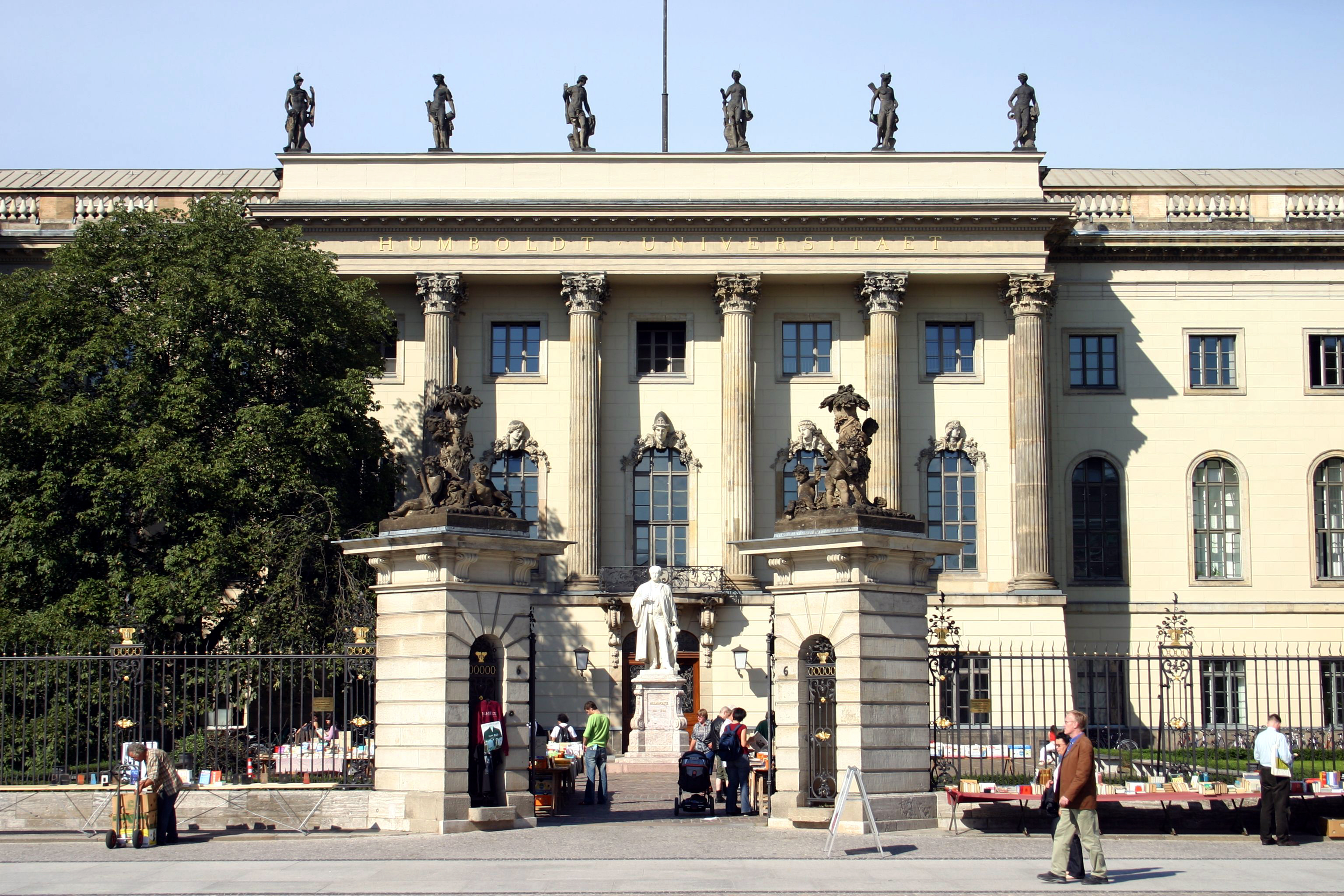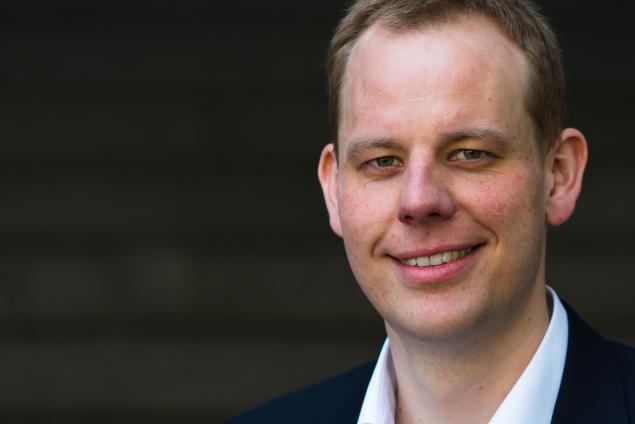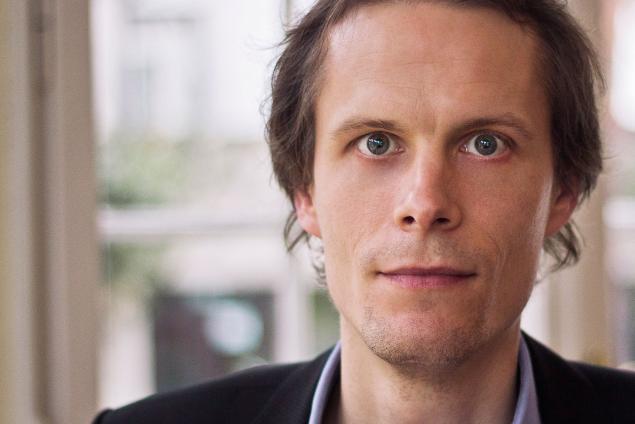Scroll to Section:
Periods of non-work occur when employees are at work but not working (outside of scheduled breaks). In this video, MICHAEL C. BURDA analyzes the incidence and intensity of non-work in the United States, considering how it fits in with the business cycle. Drawing on data from the American Time Use Survey, Burda develops a model based on the efficiency wage theory. His research presents some striking insights into the relationship between non-work and wage levels, the availability of unemployment benefits and self-employment while suggesting some answers to long-standing questions around the impact of monitoring and the design of the work week on employee productivity.
DOI:
https://doi.org/10.21036/LTPUB10693
Institution

Humboldt University of Berlin (Humboldt-Universität zu Berlin)
In 1810, Wilhelm von Humboldt’s idea of founding a new type of university became a reality. The combination of teaching and research, academic freedom and the comprehensive education of students was not only a model for the Prussian university but for the world as well. And a new era for universities and academic research began. Each year, over 6,000 people decide to study at Humboldt-Universität located in the heart of Berlin. There are few other places where you can choose from 190 degree programmes, from Agricultural Science to Asian Studies. The university is first and foremost dedicated to fundamental research. Humboldt-Universität’s strengths in particular are in research on antiquity, history, philosophy, and quantitative economics as well as the life sciences, especially theoretical biology, neurology and immunology. It also has strengths in mathematics, material and optical sciences, and climate and sustainability research. These key strengths are shaped by twelve collaborative research areas, nine graduate research clusters and eleven interdisciplinary centres. Three integrated research institutes strongly connect and coordinate different research areas while developing focused topics for the future. (Source: Humboldt-Universität zu Berlin)
Show more
Original publication
Not Working at Work: Loafing, Unemployment and Labor Productivity
NBER Working Paper
Published in 2016




